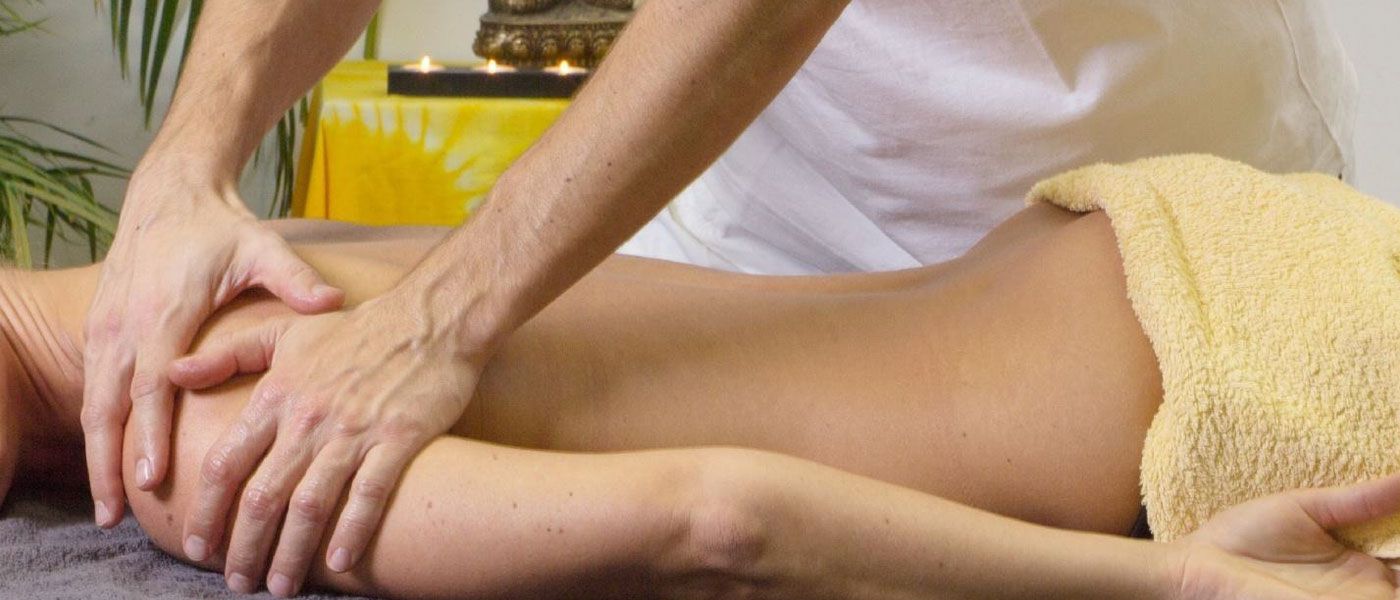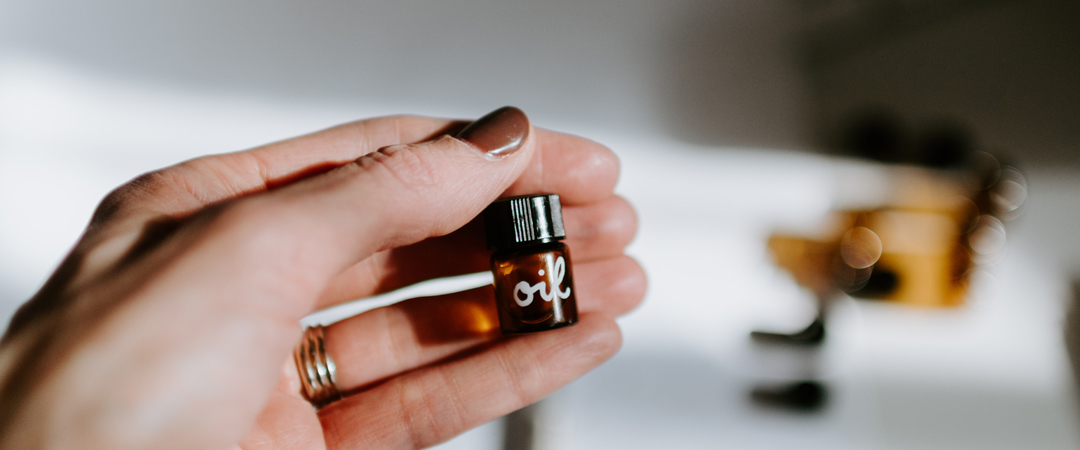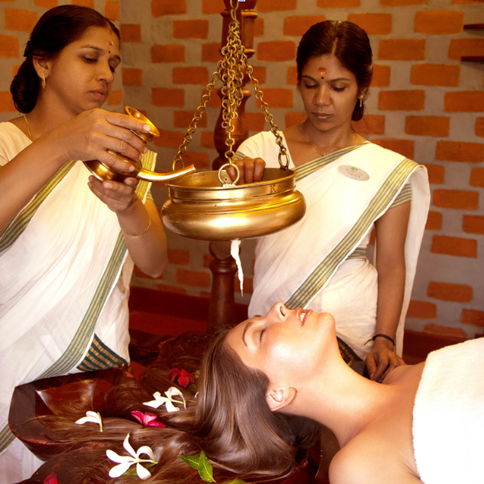Panchakarma – an Ayurvedic practice of Healing and Rejuvenation
Panchakarma – an Ayurvedic practice of Healing and Rejuvenation

The Panchakarma Treatment
Panchakarma works on the principle of Ayurveda called – “Shodhana Chikitsa”. Shodhana Chikitsa focuses on maintaining an ideal level and a balance between the three Prakriti Doshas of the human body. The Prakriti model consists of
● Vata dosha (Air dominant constitutional imbalance)
● Pitta dosha (Fire dominant constitutional imbalance)
● Kapha dosha (Water dominant constitutional imbalance)
Different ailments are caused by an imbalance in the amounts of different doshas. Panchakarma program corrects dosha imbalances and restores harmony to the human body’s functioning.
Panchakarma cleansing is a time-consuming process. It necessitates certain preparations both before and after. Each of Panchakarma’s treatments or karmas/actions has three stages:
● Purva karma (preparatory phase)
● Pradhana karma (purification phase)
● Paschat karma (follow-up phase)
The Five therapeutic procedures of Panchakarma
● Vamana (induced vomiting)
● Virechana (induced bowel movement)
● Basti or Vasti (medicated enema)
● Nasyam (nasal insufflation)
● Raktamokshana (release of impure blood from the system)
Insight of the Ayurvedic Panchakarma therapies:
● Vamana: It helps to clear up the respiratory tract. This is the first therapy offered as part of the Panchakarma program.
● Virechana: This treatment balances out the Pitta dosha. All tissues and organs feel invigorated as a result of the blood purification.
● Basti or Vasti: This ayurvedic detox therapy tries to cleanse the entire body of all accumulated toxins and to address the Vata dosha imbalance.
● Nasyam: Its purpose is to remove accumulated kapha/mucus from the neck and head area.
● Raktamokshana: This therapy tries to cleanse the body by eliminating polluted blood and replacing it with new, pure blood.
Panchakarma program for Healing and Disease Prevention
Most illnesses can be avoided by using Ayurvedic treatment and the Panchakarma program. Toxin buildup at critical levels can be avoided by doing Panchakarma cleansing treatments on a regular basis. Adopting a Panchakarma health program once a year helps the body fight off numerous health conditions.
Individuals who are already suffering from a serious physical illness or disease will benefit from Ayurvedic Panchakarma therapy. Respiratory problems, Cardiac problems, Joint diseases, Psychological disorders, Dermatological diseases, Fertility problems, Gastrointestinal problems, Slipped Discs, Insomnia, Movement Disorders, and many ailments arising from lifestyle disorders or deep rooted psychosomatic issues are some of the medical conditions for which Panchakarma has proven to be beneficial.
Panchakarma is more than just a therapeutic method. Ayurvedic Panchakarma therapy entails complex cleaning processes to relieve stress. Releasing stress and tension prepares the body tissues to accept the full advantages of diet, nutrition, and exercise. What distinguishes this Ayurvedic method is that it is intended not only for healing but also for prevention and regeneration.
Benefits of Panchakarma
It addresses all health difficulties caused by lifestyle disorders such as stress, indigestion, insomnia, fatigue, and so on. It helps to clear the mind, promotes immunity, improves digestion, accelerates metabolism, detoxifies holistically, rejuvenates tissues, and strengthens organs.
Duration of the Panchakarma Treatment
Connect ASHA
References: https://www.ncbi.nlm.nih.gov | https://www.researchgate.net
We believe in collaborative relationship-based care where our Ayurvedic Doctors, Ayurvedic Practitioner, Ayurvedic Supplement Brands, Ayurvedic Nutritionists & Chefs, Yoga, and Meditation Trainers are in sync. Contact the team who passionately works together to hold your hand in this healing journey.










